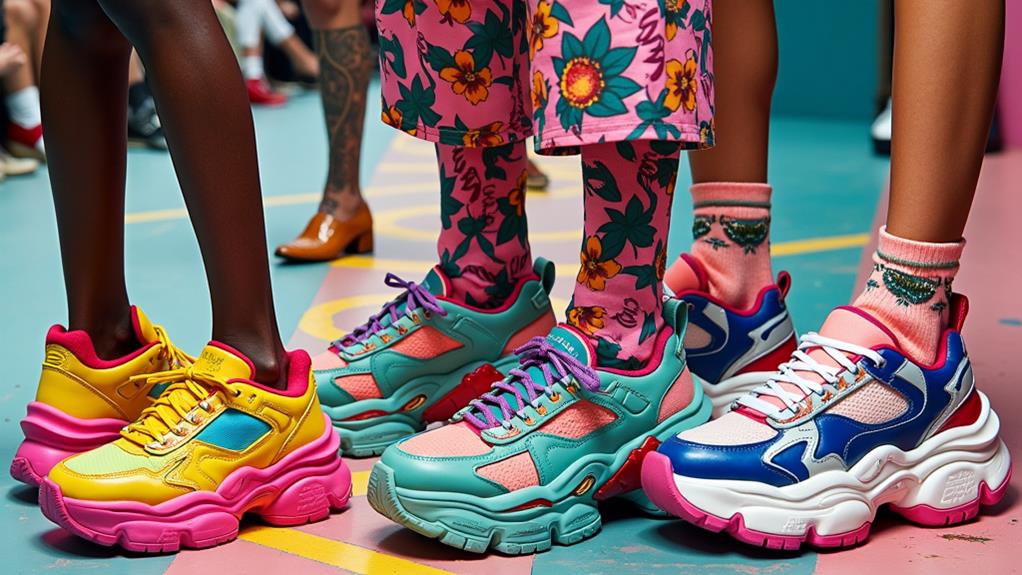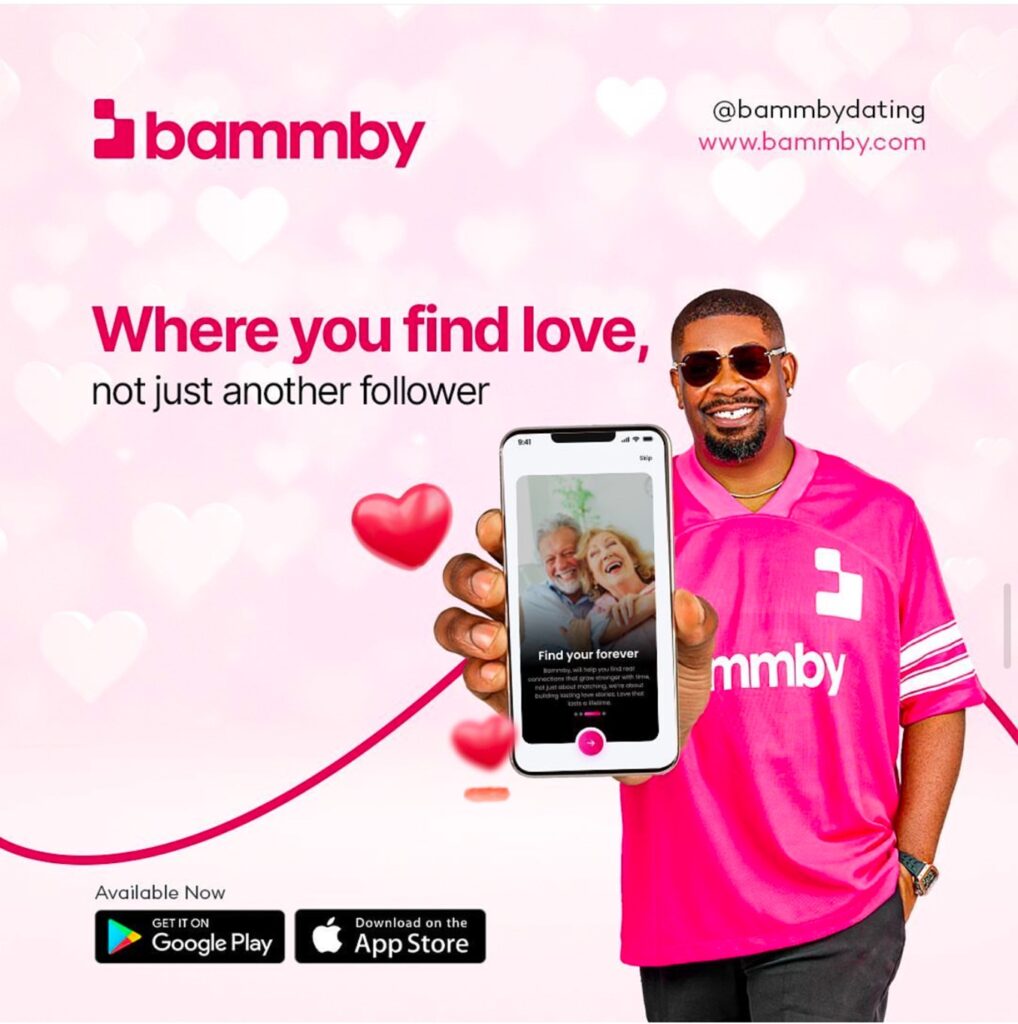The Tyranny of Cool: How Aesthetic Supremacy Became the New Power Structure

The Algorithm Decides If You’re Cool
In 2025, cool is no longer an abstract, effortless aura—it’s a data-driven dictatorship. What was once the domain of countercultures and tastemakers is now dictated by algorithms, venture-backed aesthetics, and a system of cultural validation that rewards conformity over originality.
The cool kids aren’t just in the streets anymore—they’re on TikTok, in Silicon Valley, and inside boardrooms, engineering the next wave of desirability with surgical precision. Today, cool is not discovered; it is designed. But if cool is designed, who’s designing it? More importantly, who profits from it?

The Science of Cool: How Trends Are Engineered
The idea of cool has always been elusive. Sociologists define it as a mix of rebellion, exclusivity, and effortless detachment. But what was once an organic social phenomenon is now a calculated strategy used by brands, social media platforms, and influencers to manufacture trends.
Take “Blokecore,” the aesthetic of wearing vintage football jerseys, baggy jeans, and Sambas.
What started as a micro-trend among British football fans was picked up by TikTok in 2023 and rapidly commercialized. Adidas reported a 200% increase in Samba sneaker sales that year, fueled by influencers and algorithmic trend amplification.

This isn’t accidental. Companies like Trendalytics and Fashion Snoops use AI to predict what consumers will find cool six months ahead. TikTok’s “For You” page isn’t just showing you what’s trending—it’s deciding what will trend next.
Cool is no longer discovered on the streets of Harajuku or the skate parks of Los Angeles—it is mined from data, packaged, and sold back to us.
The Gatekeepers of Cool: Who’s in Control?
Historically, subcultures shaped cool: hip-hop’s DIY fashion, punk’s anti-establishment ethos, skateboarding’s rebellious aesthetic. But today, cool is dictated from the top down.
Luxury Brands and the Monopoly on Taste
The biggest gatekeepers of cool today are luxury fashion houses. Brands like Balenciaga and Prada no longer just sell products; they manufacture status. Their strategy? Hype through scarcity.
• Balenciaga’s “Ugly Chic” Era – From Croc platform heels to trash bag-inspired totes, Balenciaga has mastered the art of making the absurd cool. Their $1,850 “garbage bag” tote sold out in weeks, proving that exclusivity beats aesthetics.

• The Y2K Resurgence – In 2021, thrift stores were full of low-rise jeans and chunky accessories. By 2023, these same items were repackaged by Miu Miu and Marc Jacobs and resold for 100x the price. Cool had been reclaimed by luxury.
This monopoly isn’t accidental—luxury brands collaborate with cultural curators like Kim Jones (Dior), Virgil Abloh (Louis Vuitton, before his passing), and Pharrell Williams (current creative director at Louis Vuitton). They are the bridges between street culture and high fashion, making sure luxury remains the final gatekeeper of cool.
AI-Generated Cool: When the Algorithm Decides Aesthetics
A new player has entered the game: Artificial Intelligence. Brands now use AI to test cool before it hits the market. Deep-learning algorithms analyze millions of images, social media posts, and purchase behaviors to determine the next trend.
Gucci’s Virtual Handbag Sold for More Than the Real One – In 2021, Gucci launched a digital handbag on Roblox for $4,115—more than the price of its physical counterpart. The bag, which exists only in the metaverse, highlighted how virtual luxury is becoming as desirable as real-world status symbols. Today, the digital fashion market is projected to hit $50 billion by 2030.

Instagram’s Face-Perfecting Filters – AI-powered filters don’t just enhance features; they redefine beauty standards. Studies show that more Gen Z users request cosmetic surgery to match their filtered appearance.
The rise of AI-generated cool means that soon, we won’t be choosing what’s cool—machines will decide for us.
The Dark Side of Cool: Who Gets Left Out?
Cool has always been a currency, but who owns it? The biggest issue with today’s manufactured cool is that the original creators rarely profit.
The TikTok Aesthetic Machine
TikTok has democratized virality, but it has also commodified cool. Consider these cases:
• The “Clean Girl” Aesthetic – What was once a look inspired by Latina and Black beauty standards (slicked-back hair, gold hoops, glowing skin) was repackaged as a “minimalist European aesthetic” and sold to mainstream audiences—without crediting the originators.
• Amapiano’s Global Takeover – South African Amapiano exploded globally, yet international DJs and major labels often profit more than the genre’s pioneers. Spotify reported a 152% increase in global Amapiano streams in 2023, but the biggest playlists are curated by non-Africans.
The cultural cycle is clear: grassroots communities spark the trends, industries scale them, and the challenge remains—how do the originators reclaim their share of the value?
Who shapes the future of cultural ownership?”
The Future of Cool: Where Do We Go from Here?
As we move into a future where AI, luxury brands, and algorithms decide what’s desirable, can cool ever be reclaimed? Some disruptors are already pushing back.
• Authenticity is the New Luxury – Brands like Telfar reject the exclusivity model, proving that cool doesn’t have to mean inaccessible. Telfar’s Bag Security Program ensures anyone who wants a bag gets one—no scarcity, just community.
• Direct-to-Culture Models – Artists like Burna Boy and Tyler, The Creator bypass traditional cool gatekeepers, building their own empires through self-owned labels and platforms. From Don Jazzy’s Bammby dating app to Tiwa Savage’s global publishing deals—Afropop’s elite aren’t just making hits; they’re rewriting the rules of ownership.
• Decentralized Fashion – Web3 startups are creating digital fashion owned by users, not brands. Soon, NFT clothing could replace luxury logos as the ultimate status symbol.

Cool is power. And if power belongs to the people, the next frontier of cool won’t be dictated—it will be reclaimed.
Final Thought: Can You Own Cool?
The cult of cool has evolved. What was once a countercultural statement is now a well-oiled machine, engineered by brands, algorithms, and industry insiders. But cool has always belonged to the disruptors—the ones who refuse to play by the rules.
If the history of cool has taught us anything, it’s that authenticity always wins. And in a world where cool is increasingly manufactured, the ultimate rebellion is to define it for yourself. Can cool be automated? What happens when AI decides what’s desirable before we even desire it? Stay tuned for the next piece in the Unmasked Culture series.